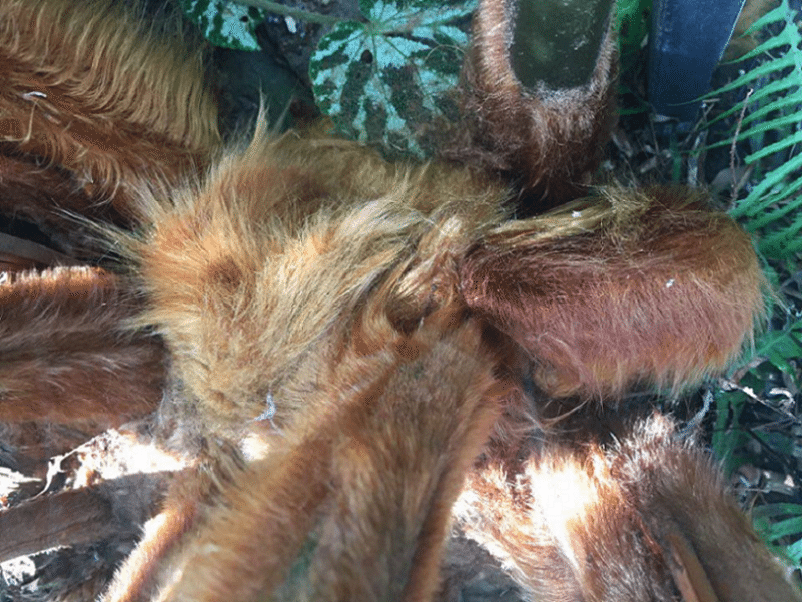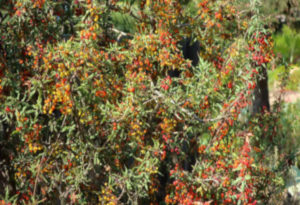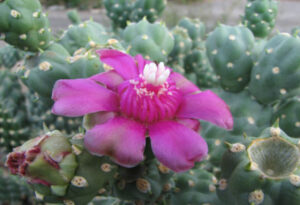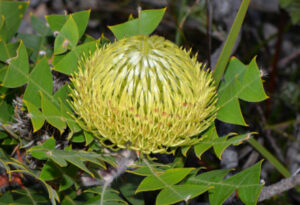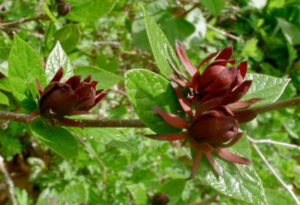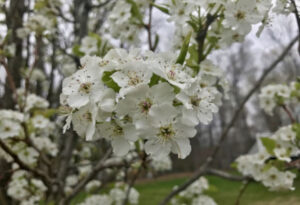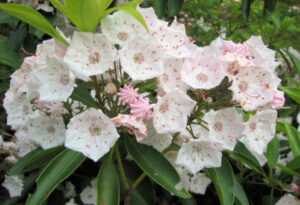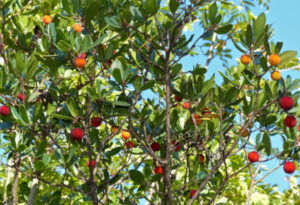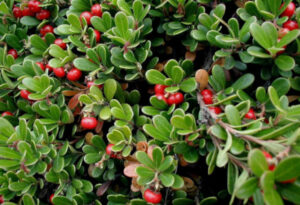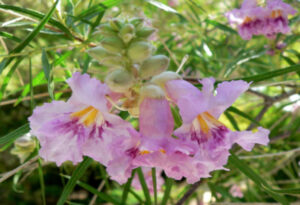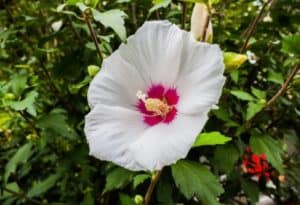
Hawaiian White Hibiscus Facts Firstly, the truly stunning Hawaiian White Hibiscus represents yet another rare plant species native to a small geographic range. Quite sadly, the gorgeous species currently appears to exist on only two islands. Secondly, however, even in these locations, this dazzling beauty exists only within a highly specific habitat type. Unfortunately, this […]Read More
